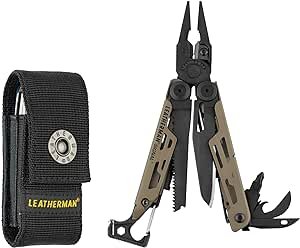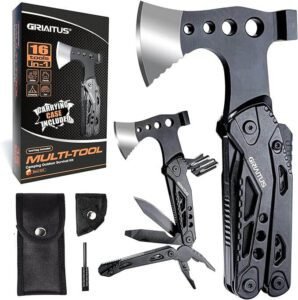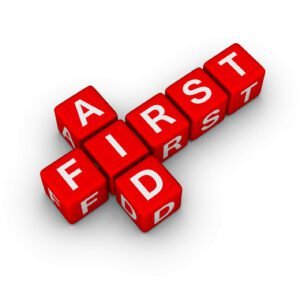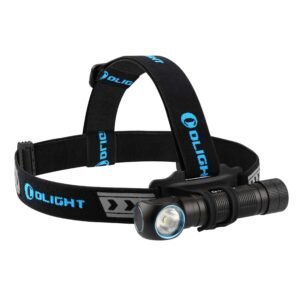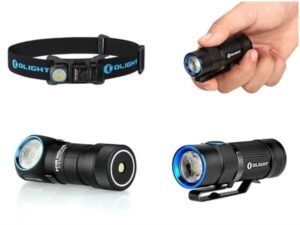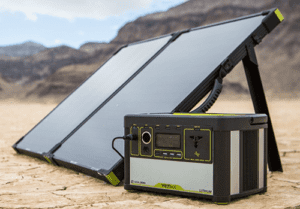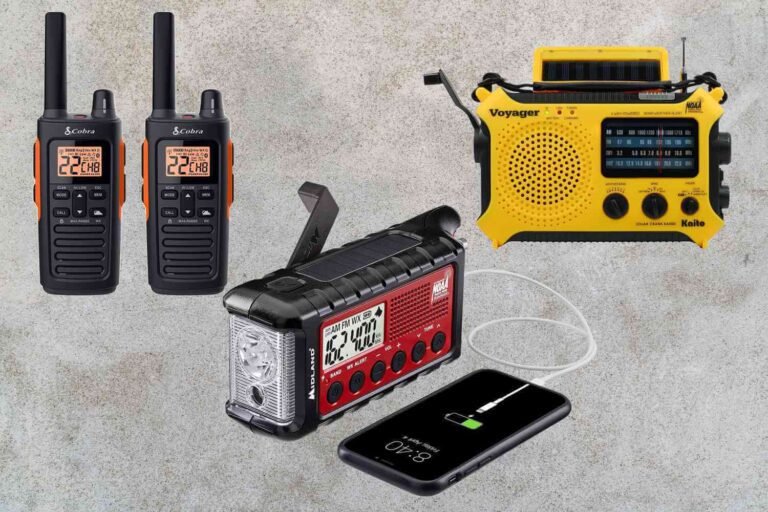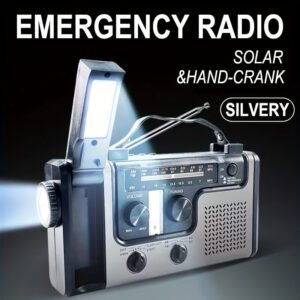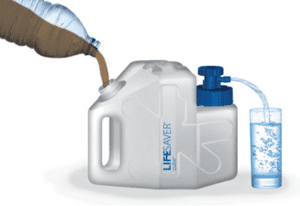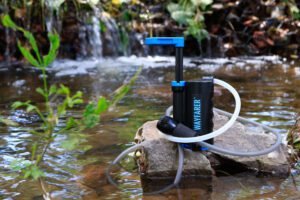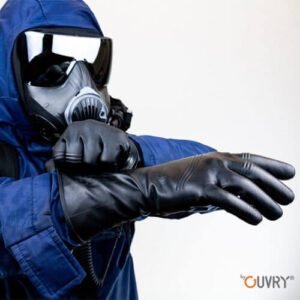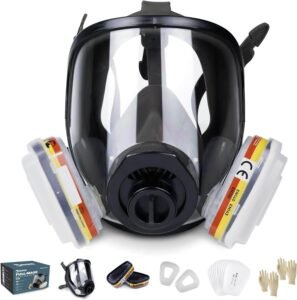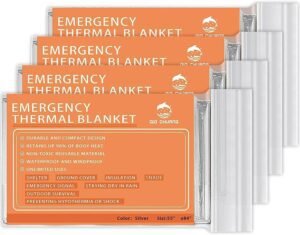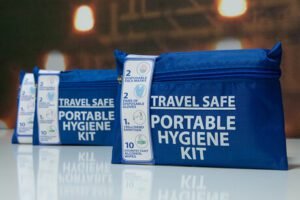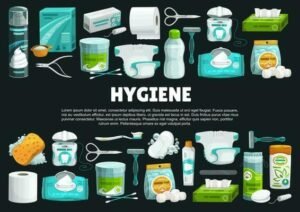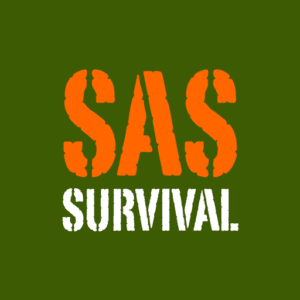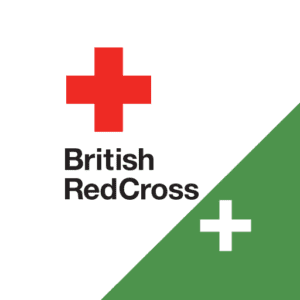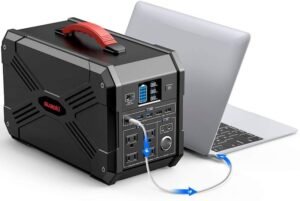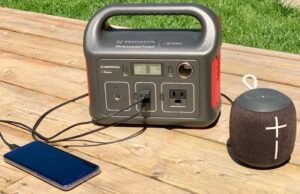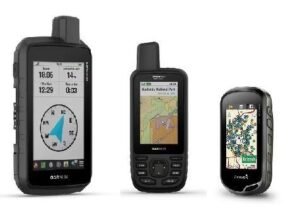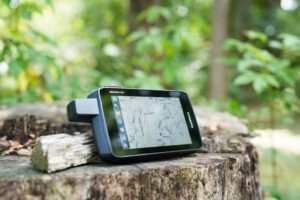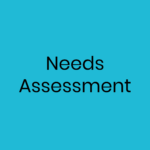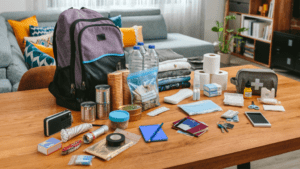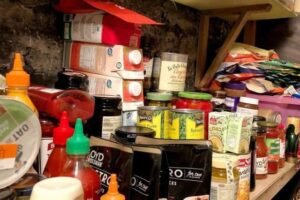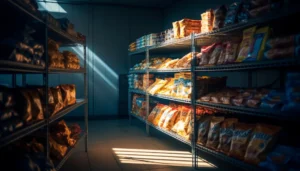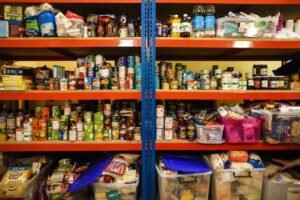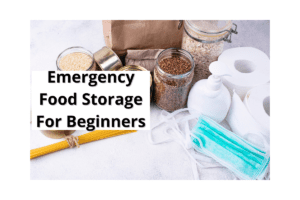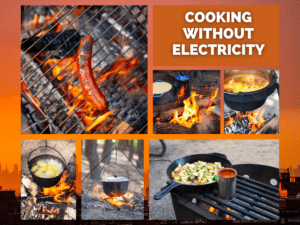Emergencies can strike without warning, turning normalcy on its head. From natural disasters to unexpected power outages, having the right tools and gadgets on hand isn’t just helpful—it’s crucial for your safety and survival. This guide will arm you with the top-rated equipment you need to safeguard your home and family during any crisis. You’ll discover essential items that provide security, accessibility, and peace of mind in unpredictable situations. Don’t leave your preparedness to chance; ensure you have the best gear ready when you need it most.
Post Contents
ToggleEssential Emergency Preparedness Tools
Preparedness is essential in an emergency. Having the right tools can make all the difference. Here are three crucial items to include in your emergency kit.
Multi-Tool
A good multi-tool can be the Swiss Army knife of your emergency kit. It’s versatile and compact, making it perfect for dealing with numerous situations.
- Versatility: You get screwdrivers, pliers, knives, and sometimes even miniature saws all in one device.
- Necessity: Imagine trying to fix something or open a can without the right tools. A multi-tool solves that problem.
Not having a multi-tool during an emergency can be like trying to climb a mountain without proper shoes. Make sure to invest in a high-quality multi-tool to handle anything life throws your way.
First-Aid Kit
A comprehensive first-aid kit is not a luxury; it’s a necessity. Injuries can occur during any crisis, and being unprepared can make a bad situation worse.
Your first-aid kit should include:
- Adhesive bandages
- Antiseptic wipes
- Thermal blanket
- Gauze pads
- Tweezers
- Pain relievers
According to Ready.gov, a well-stocked first-aid kit can manage minor injuries and prevent infections. Don’t skimp on this; having a thorough first-aid kit can save lives.
Flashlight and Extra Batteries
A reliable flashlight is crucial. Power outages often accompany many disasters, and being left in the dark can be dangerous.
- The Importance: You might need to navigate through dark, unfamiliar places.
- Extra Batteries: Always have extra batteries to ensure your flashlight works when you need it.
According to an article by the New York Times, flashlights are among the most important tools to include in your emergency kit. You wouldn’t go on a hike without water, so don’t encounter an emergency without a flashlight and extra batteries.
Having these essential tools in your emergency preparedness kit can make all the difference when it matters most. Don’t wait until it’s too late; get prepared today.
Top Gadgets for Emergency Preparedness
Having the right gadgets in your emergency kit can be a lifesaver. These tools not only provide convenience but also significantly increase your chances of staying safe during a crisis. Below, we discuss some of the top gadgets you should consider for your emergency preparedness kit.
Portable Solar Generator
When the power goes out, a portable solar generator can be a game-changer. Unlike traditional fuel generators, portable solar generators are silent, emission-free, and renewable.
- Reliability: Always having power can mean the difference between life and death. You can keep essential devices like mobile phones, lights, and medical equipment running.
- Eco-Friendly: Since it uses solar power, you won’t need to worry about running out of fuel or contributing to pollution.
- Easy to Use: These generators are usually simple to set up and use. They often come with USB ports and standard outlets for different devices.
For example, the Generark Solar Generator is an affordable backup solution, making it one of the best gadgets to include in your emergency kit.
Emergency Radio
An emergency radio is a vital tool that keeps you updated on critical information. It allows you to tune into weather stations, news reports, and emergency broadcasts.
- Life-Saving Information: In times of disaster, knowing what’s happening can help you make informed decisions, such as whether to evacuate or stay put.
- Multi-Functional: Most emergency radios come with additional features like built-in flashlights, USB chargers, and even hand-crank power sources.
- Portable and Durable: These radios are designed to be rugged and easy to carry, ensuring you can take them anywhere.
According to the Red Cross, having a reliable emergency radio is one of the seven tech items you need during a disaster. Make sure it’s part of your preparedness strategy.
Water Purification System
Access to clean water is a top priority during any emergency. A water purification system ensures you have safe drinking water when regular supplies are compromised.
- Types of Systems: There are various systems like portable water filters, UV purifiers, and purification tablets. Each has its own advantages.
- Portable Water Filters: These are great for removing bacteria and protozoa from water sources.
- UV Purifiers: These use ultraviolet light to kill viruses and bacteria, making water safe to drink.
- Purification Tablets: These are easy to carry and can treat large volumes of water quickly.
Resourceful options like the Lifestraw can provide immediate access to safe hydration, ensuring you don’t run out of drinkable water.
Incorporating these gadgets in your emergency preparedness kit can greatly improve your readiness for any unexpected situation. Stay prepared and stay safe.
Personal Safety and Comfort Items
An emergency situation can be stressful and unsettling. Ensuring your safety and personal comfort during such times is essential. Let’s explore some critical items that can make a significant difference.
Protective Masks and Gloves
During emergencies, maintaining hygiene and safety is paramount. Protective masks and gloves become essential tools for this purpose.
- Hygiene: Masks help protect you from inhaling contaminants, dust, and pathogens in the air. This is especially important during situations like a pandemic or after a natural disaster where air quality might be compromised.
- Safety: Gloves provide a barrier against harmful substances and pathogens. Whether you are dealing with debris, helping an injured person, or even just managing your own health, having protective gloves can prevent cuts, infections, and contamination.
Practically, these items are vital. According to FEMA, incorporating both masks and gloves into your emergency kit ensures an essential level of protection in various disaster scenarios.
Thermal Blankets
Thermal blankets, often referred to as emergency blankets or space blankets, are life-saving during emergencies, primarily due to their ability to retain body heat.
- Warmth: These blankets are designed to reflect and retain up to 90% of body heat, making them indispensable during cold weather or in situations where hypothermia is a risk.
- Compact and Lightweight: They are extremely lightweight and compact, meaning they can easily fit into any emergency kit without taking up much space.
- Versatility: Beyond warmth, thermal blankets can be used to create shelter, signal for help, or even as ground cover.
Having a thermal blanket ensures that you are prepared for extreme conditions. For more on the importance of these blankets, the National Institute on Aging highlights them as key components of an emergency kit.
Personal Hygiene Kit
Maintaining personal hygiene during an emergency prevents illness and keeps morale high. A well-stocked personal hygiene kit includes:
- Sanitation Supplies: Hand sanitiser, soap, disposable wipes, and tissues to keep your hands and face clean.
- Oral Hygiene: A toothbrush, toothpaste, and dental floss to maintain dental health.
- Feminine Products: Essential items like sanitary pads or tampons.
- Other Essentials: Travel-sized shampoo, deodorant, and a comb or brush.
Not only do these items keep you clean, but they also contribute to your mental well-being in chaotic situations. Convoy of Hope advises including these items to ensure you remain as comfortable as possible during emergencies.
By integrating these elements into your emergency preparedness strategy, you will significantly enhance your safety and comfort during unforeseen situations.
Tech Gadgets for Modern Preparedness
In today’s world, technology plays an essential role in emergency preparedness. Modern gadgets can provide peace of mind by making it easier to communicate, find help, and stay safe during a crisis. Here’s a closer look at some essential tech gadgets for staying prepared.
Smartphone Emergency Apps
Having the right apps on your smartphone can be incredibly useful during an emergency. These apps can help you connect with loved ones, find safe zones, and get real-time information.
- Red Cross Emergency App: This app provides alerts for natural disasters, offers step-by-step guides to handle emergencies, and has an “I’m Safe” feature to let others know you’re okay.
- FEMA App: The official app from the Federal Emergency Management Agency offers safety tips, an interactive emergency kit list, and alerts for different types of disasters.
- Zello: A walkie-talkie app that allows you to communicate when traditional phone lines are down. It’s handy for keeping in touch with family and rescue teams.
- Life360: This family locator app ensures everyone in the family stays connected and can track each other’s location during emergencies.
- Offline maps: Apps like Google Maps allow you to download maps for offline use, crucial when you have no internet connection.
Utilising these apps ensures that you have crucial information and communication tools at your fingertips.
Portable Chargers and Power Banks
Keeping your communication devices charged is vital during an emergency. Portable chargers and power banks are essential gadgets that ensure your smartphone and other devices don’t run out of power.
- Power Banks: Having one or two high-capacity power banks means you can recharge your devices multiple times. Options like Anker PowerCore offer reliable and fast charging solutions.
- Solar Chargers: These are perfect for prolonged power outages. Solar chargers, like the BigBlue 3 USB Ports 28W Solar Charger, harness the sun’s energy to keep your gadgets juiced up.
- Portable Generators: For even bigger power needs, portable generators like the Jackery Portable Power Station can supply power to multiple devices, ensuring you are never without power for your essential tech.
Having these charging solutions ensures that your lifeline to information and loved ones remains active, no matter what.
GPS and Navigation Tools
Reliable GPS and navigation tools are critical during evacuations and other emergencies. When roads are blocked, or you’re forced to take unfamiliar routes, having a dependable navigation tool can make all the difference.
- Google Maps: Aside from providing step-by-step directions, Google Maps offers real-time updates on road closures and traffic, helping you find the safest and fastest route.
- Garmin GPS Devices: Hand-held GPS units like those from Garmin provide reliable navigation without depending on your phone’s battery life or cellular connection.
- Offline Mapping Apps: Apps like Maps.me store maps on your device, allowing you to navigate even without an internet connection.
These GPS tools remove the uncertainty from finding your way during a crisis and ensure you can get to safety quickly and efficiently.
By incorporating these tech gadgets into your emergency preparedness kit, you’ll enhance your ability to stay connected, find help, and secure the resources you need in a crisis. Stay tech-ready and ensure your safety during unforeseen situations.
Building Your Ultimate Emergency Kit
Creating the ideal emergency kit for you and your family is not just wise; it’s essential. A properly assembled and maintained kit means you’re ready for the unexpected and can keep everyone safe. Here’s how to get started:
Assessing Personal and Family Needs
Before you start putting items in a bag, it’s crucial to understand the specific needs of you and your family. Different families have varying requirements based on age, health conditions, and personal preferences.
- Health Needs: Consider any medical conditions that require medication, such as diabetes, asthma, or allergies. Stock up on necessary prescriptions, inhalers, or EpiPens.
- Dietary Needs: Does anyone have food allergies or dietary restrictions? Make sure to include non-perishable food that accommodates those needs.
- Children and Pets: Don’t forget essentials for children like baby formula, diapers, and for your pets, food, and extra water.
Taking the time to assess these needs ensures that your kit isn’t just a generic collection of items but truly accommodates every individual in your household. For more tips, the comprehensive guide by Guide by Ready.gov covers everything necessary for families.
Regular Updates and Maintenance
Having an emergency kit is not a one-time task. You need to regularly check and update it to ensure everything is in good condition and not expired.
- Check Expiry Dates: Go through your food, medicine, and batteries every six months. Replace anything that’s expired or close to expiry.
- Seasonal Adjustments: Update your kit according to the season. During winter, ensure you have enough warm clothing and blankets.
- Restock Supplies: If you’ve used items from your kit, replace them promptly. This includes basic supplies like adhesive bandages or antiseptic wipes.
Keeping your kit up-to-date ensures that in the event of an emergency, everything is usable and you’re not left scrambling for replacements. WebMD provides helpful tips on maintaining different parts of your kit.
Storage Tips
Having all the right items is only part of the equation; knowing where and how to store your kit is equally critical.
- Accessibility: Store your kit in a place everyone knows and can access quickly, such as a hall closet or under the bed. In an emergency, you don’t want to waste precious minutes searching.
- Multiple Locations: Consider having multiple kits in different locations, such as one at home, one in your car, and one at work. This ensures you have access to essentials no matter where you are when an emergency strikes.
- Protect from Elements: Keep your kits in durable, waterproof containers to protect from elements and extend the longevity of their contents.
For further guidance, refer to Emergency Kit Storage Tips from the Weather Office that explain optimal storage strategies to make sure your kit remains effective.
By understanding your family’s unique needs, regularly updating and maintaining your supplies, and ensuring proper storage, you’ll build an effective and reliable emergency kit.
Conclusion
Being ready for emergencies is not just about having the right tools and gadgets, but about the peace of mind that comes with preparation. Ensuring you have essential items like a multi-tool, first-aid kit, flashlight, and extra batteries is critical.
Incorporating modern gadgets such as portable solar generators, emergency radios, and water purification systems can enhance your readiness. Don’t forget personal safety items like protective masks, gloves, and thermal blankets.
Start now. Assess your needs, gather your supplies, and keep your emergency kit updated and accessible. Being well-prepared is the best way to protect yourself and your loved ones in unpredictable situations. Make the investment in your safety and take action today.


